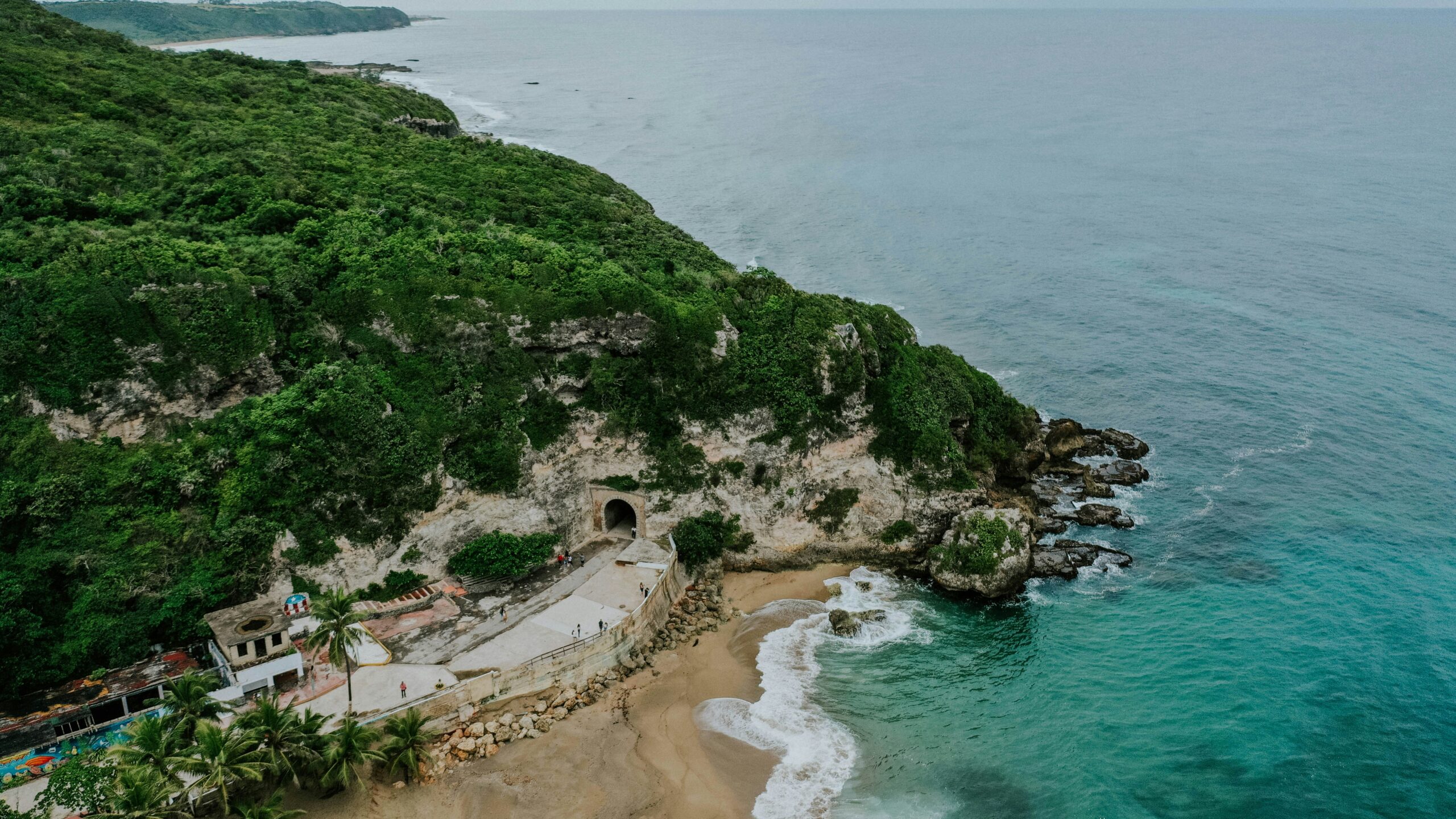
Policy Update
Puerto Rico Set National Precedent By Declaring Coral Reefs Essential Infrastructure
October 20, 2025
Overview
In 2020, Puerto Rico enacted Puerto Rico PC 2308, making it the first U.S. jurisdiction to declare coral reefs as an “essential structure” for coastal protection. This declaration affirms the ecological and economic value of these ecosystems, as well as makes Puerto Rico uniquely eligible for pre- and post- federal disaster funds. Since its passage, Puerto Rico has secured millions of dollars in federal hazard mitigation FEMA funding that was otherwise inaccessible without this unique qualifier of “essential infrastructure.” As a result, Hawai’i, American Samoa, the U.S. Virgin Islands, and the Mariana Islands have since issued similar declarations in pursuit of federal funding for reef repair. Despite the fact that Puerto Rico’s legislation was enacted in 2020, the impact of the policy continues today.
This bill was sponsored by Representative José “Che” Pérez Cordero.
- Why It Matters: Coral reefs are not just ecological treasures — they’re life-saving infrastructure. In the U.S., reefs protect over 18,000 people and $1.8 billion in assets from flooding each year. During storm surges — as experienced by Puerto Rico with Hurricane Maria — coral reefs can absorb up to 97% of wave energy, dramatically reducing coastal damage. Restoring these ecosystems could prevent millions in property losses annually and safeguard thousands of residents. Puerto Rico’s designation of coral reefs as “essential infrastructure” unlocked eligibility for key FEMA grants — ultimately securing $3 million in hazard mitigation funding, marking the first time FEMA used this program to restore a natural resource post-disaster.
Key Provisions of PC 2308
PC 2308 establishes a nation-leading legal framework that formally recognizes coral reefs as critical coastal infrastructure, mandates regulatory alignment, and unlocks access to federal funding for their protection and restoration. Here are the bill’s primary components:
- Essential Structure Declaration: Declares coral reefs as an “essential structure” for the protection and conservation of Puerto Rico’s coasts and other ecosystems, citing climate change as a reality, and the legislature’s responsibility to adopt the necessary measures to fully fulfill the responsibility to protect Puerto Rico’s resources.
- Agency Directives: Directs the Department of Natural and Environmental Resources of Puerto Rico to adopt and/or amend all necessary regulations to be consistent with this declaration and to authorize them to process state or federal funds for their protection and maintenance.
Other State Action on Protecting Coastal Ecosystems
In addition to Puerto Rico, states like Louisiana and Hawai‘i have been leading the way in coastal resilience by establishing dedicated authorities and expanding legal definitions to support nature-based restoration and unlock targeted funding.
- Louisiana: In 2005, the Louisiana legislature called a special session to address recovery efforts following Hurricanes Katrina and Rita. The Coastal Protection and Restoration Authority (CPRA) was formed during this session, and is responsible for integrating coastal restoration and hurricane efforts across the state. CPRA has helped restore 71.6 miles of barrier islands, which are critical for storm mitigation efforts, and has worked closely with the Chief Resilience Officer to integrate coastal resilience in each executive agency.
- Hawaii: Hawaii’s Act 102 amends the state definition of “beach restoration” to include activities undertaken to maintain and improve beaches and dune systems through management of sand and native dune vegetation in addition to the placement of sand on eroding beaches. This legislation enables a broader range of nature-based coastal resilience projects to access state Beach Restoration Special Funds.
Stay Up To Date on Ocean and Biodiversity Policy With NCEL
Learn more about trending solutions for coastal biodiversity and resilience by visiting the NCEL’s Issue Pages on Coastal Resilience, Biodiversity, and Blue Carbon.